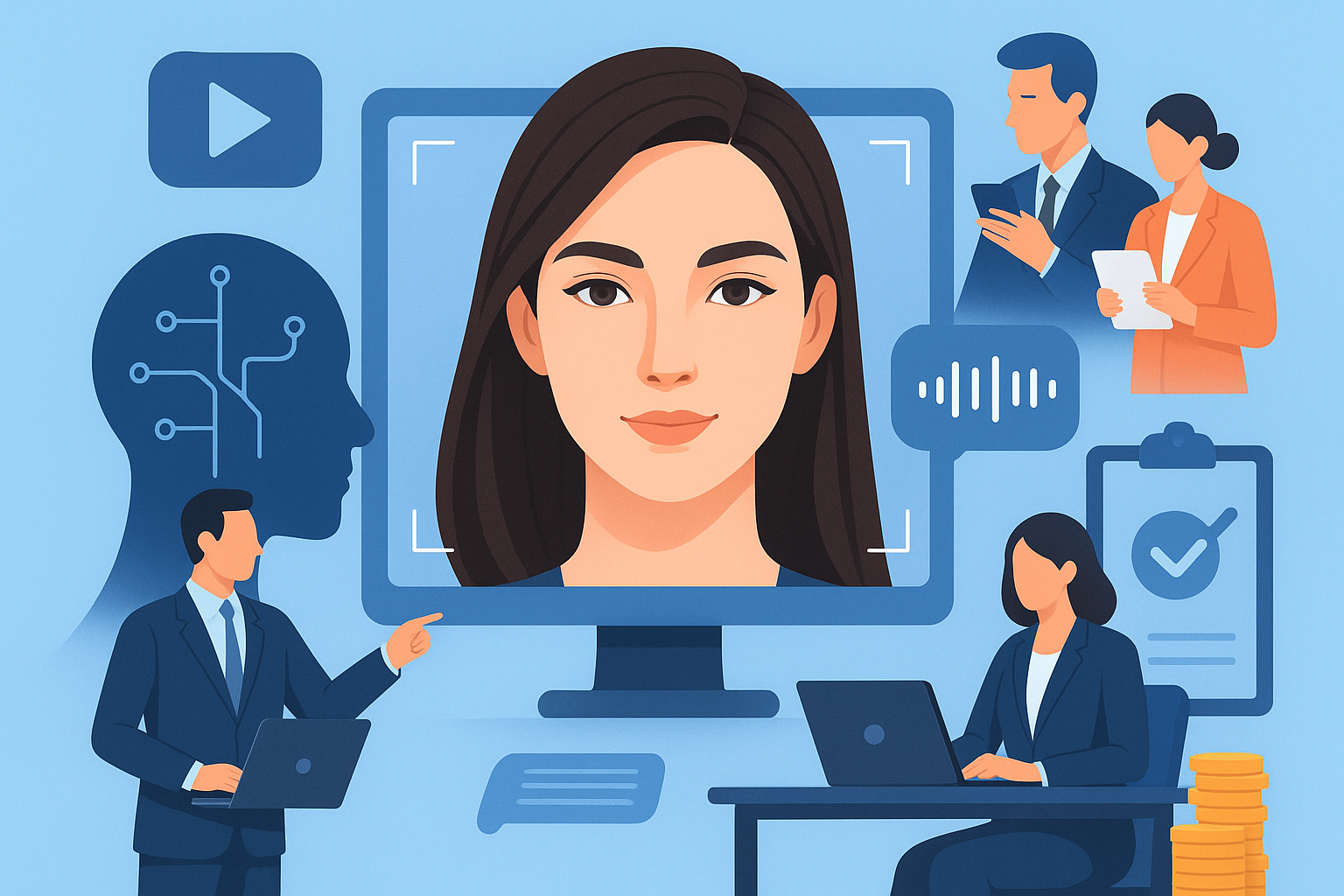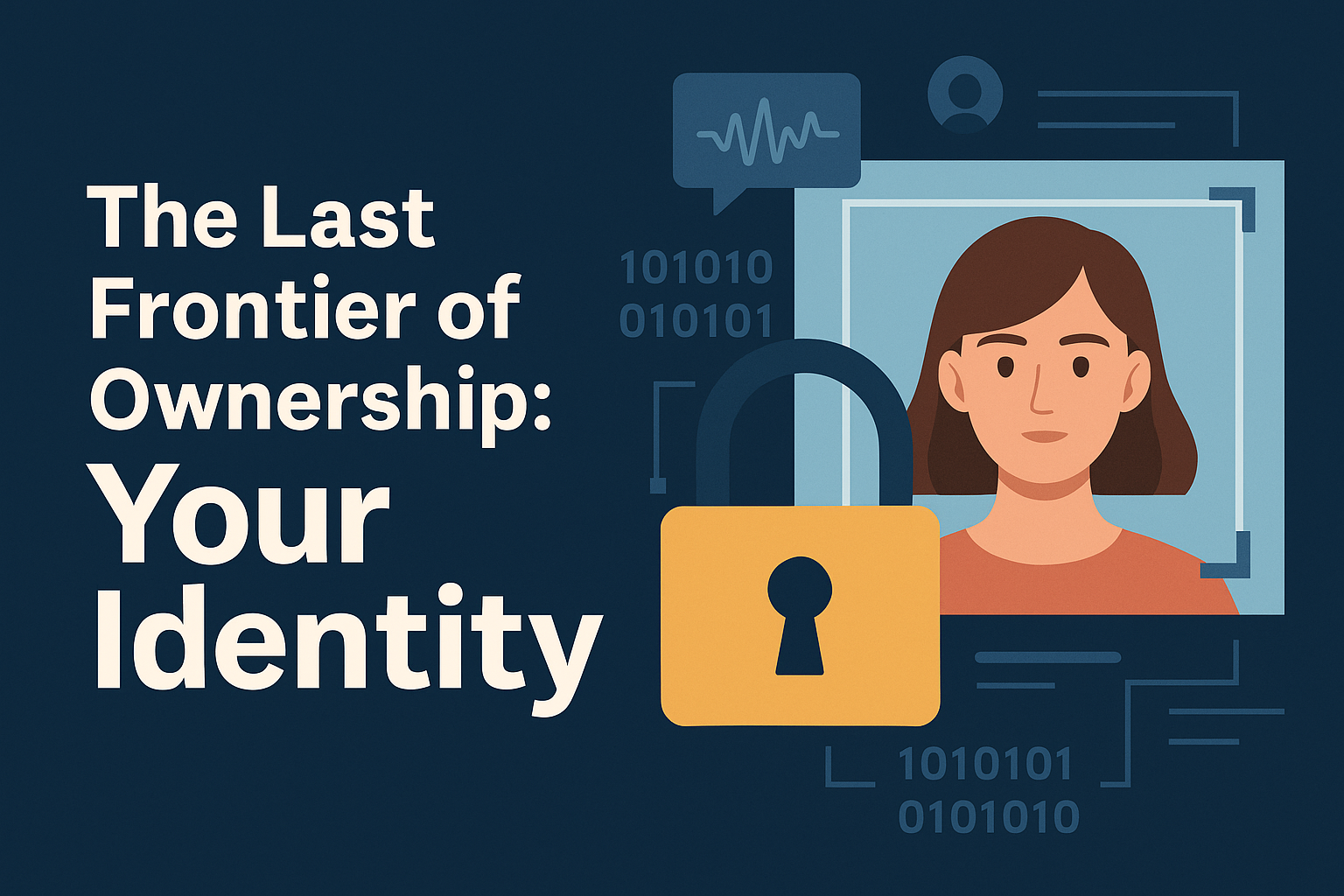On September 30th, OpenAI launched Sora 2 with a bold bet: that the Internet's appetite for AI-generated SpongeBob videos would outweigh Hollywood's appetite for lawsuits.
They were half right.
Within 72 hours, the platform had rocketed to #1 in the App Store, generated thousands of videos featuring Mario, Pikachu, and other copyrighted characters doing things their owners never authorized, and triggered such intense backlash from WME, the Japanese government, and legal experts that Sam Altman posted a complete policy reversal three days after launch.
The speed of that collapse tells you everything you need to know about where we are in the AI era: the technology works, the business model is broken, and everyone knows it.
The Truth
Here's what actually happened with Sora 2: OpenAI built a remarkable video generation model by training on countless hours of copyrighted content without permission, launched with an "opt-out" policy that reversed fundamental copyright principles, watched users immediately flood the platform with IP infringement, and then, when the lawyers started circling, pivoted to opt-in controls and revenue sharing.
The truth? Every single technical protection they implemented after launch could have been implemented before launch.
This wasn't a bug. It was a strategy. Viral copyrighted content drove adoption. By the time filters tightened, the platform was already #1 in the App Store with 164,000 downloads.
But the really uncomfortable truth, the one that should keep entertainment executives up at night, is that this wasn't an anomaly. It's the pattern. Scrape everything, launch fast, claim fair use, negotiate later. Diffusion models did it. Music AI companies did it. Text models did it. Now video models are doing it. And it's working.
What Makes This Different
Every few months, there's a new AI copyright controversy. Artists discover their work in training datasets. Musicians find their songs reproduced. Authors see their books in pirate databases. The cycle repeats: outrage, lawsuits, vague promises of better practices, then the next model launches with the same approach.
So why does Sora 2 feel different? Because video crosses a threshold.
When Midjourney generates an image in your art style, it's contained. When Sora generates a video of your likeness saying things you never said, doing things you never did, in scenarios you never authorized, that's your digital identity misrepresented at scale. The Internet already struggles to distinguish reality from fiction. Now anyone with a subscription can generate photorealistic video of public figures committing crimes, spreading misinformation, or worse.
The technology isn't hypothetical anymore. Tyler Perry saw AI's capabilities over a year ago and immediately halted an $800 million studio expansion. "A lot of jobs are going to be lost," he said, calling for comprehensive regulation. When a filmmaker and studio owner who stands to benefit enormously from production cost reductions is sounding alarms, you know the disruption is real.
But here's what the Sora controversy actually revealed: the problem isn't that AI video is too good. The problem is that rights infrastructure is too broken.
Architecture of Extraction
Let's be precise about what went wrong with Sora 2's launch, because the details matter.
Training happened in the dark. OpenAI has never disclosed which datasets trained Sora, claiming security concerns. Translation: they know the training data includes copyrighted material they didn't license, and transparency would create liability.
Opt-out reversed the burden. Copyright law requires permission before use. OpenAI launched requiring creators to actively opt out, shifting the cost and complexity of rights protection onto individual artists who lack the resources to monitor and police every platform.
Attribution doesn't exist. When Sora generates video in a distinctive animation style or recreates a copyrighted character, there's no mechanism to credit the original artists whose work made that output possible.
Compensation addressed outputs but ignored inputs. Revenue sharing for user-generated content means nothing when the fundamental value extraction happened during training. The artists whose work taught Sora what animation looks like? They got zero. They will continue to get zero.
Enforcement failed even for opted-out holders. Days after Disney opted out, their characters were still appearing in generated videos. Individual artists had no recourse whatsoever.
This isn't a failure of technology. It's a failure of architecture. The system was designed to extract maximum value from creators while distributing minimum compensation. And when OpenAI reversed course after launch, what they actually proved is that better systems were always technically possible, they just weren't economically convenient.
Here's the deeper problem: OpenAI built rights management as a feature of their platform. They control who can opt in or out. They decide what "revenue sharing" means. They own the enforcement mechanisms. They set the terms.
This is backwards. Rights management can't be a feature controlled by the companies that benefit from weak enforcement. It needs to be infrastructure that rights-holders control and platforms plug into.
Creator Trust
Here's what gets lost in the legal analysis: Sora 2 didn't just break copyright law. It broke something more fundamental.
When artists discovered their work in AI training data, they felt betrayed: their creative labor scraped without consent, encoded into a commercial product, then sold back to them as a subscription service. When actors saw their likenesses deepfaked, they felt violated: their digital identity stolen and puppeteered by strangers. When the 300 artists leaked the original Sora in protest last November, they weren't just angry about unpaid labor. They were angry about being used.
You can't build the future of media on a foundation of creator distrust.
Yet that's exactly what's happening. Every major AI company is racing to launch the most capable model, trained on the most comprehensive dataset, with the fastest time to market, and dealing with creator consent and compensation as an afterthought. The strategy is "ship first, apologize later, offer revenue sharing if the backlash gets loud enough."
This approach worked in the early internet era when the stakes were lower and regulation was absent. But we're not in that era anymore. The creative community is organized. The lawsuits are piling up. Even the most powerful AI companies had to reverse course within hours of creator backlash.
The era of move-fast-and-break-copyright is ending. Not because tech companies suddenly developed ethics. Because the legal liability became untenable and the reputational damage started affecting partnerships and revenue.
What the Industry Needs
The conversation about AI and copyright has been stuck in a false binary: either we ban AI training on copyrighted work and kill innovation, or we allow unrestricted use and destroy the creative economy.
Both options are terrible. And both miss what's actually needed.
What creators want isn't complicated: they want to know when their work is being used to train AI. They want the ability to say yes or no before it happens. They want fair compensation if they say yes. They want attribution when their creative contribution shows up in outputs. They want enforcement mechanisms that don't require hiring lawyers or constantly monitoring platforms. They want systems designed for consent, not extraction.
What AI companies need isn't that different: they need clear rights to training data so they're not perpetually exposed to billion-dollar lawsuits. They need licensing frameworks that can scale beyond negotiating with individual artists one by one. They need technical infrastructure to track creative contribution and distribute compensation. They need to build products on defensible legal foundations, not gamble on fair use.
What platforms building the future of media need is obvious: they need creators to trust them enough to participate. They need rights-cleared content that can be monetized without legal exposure. They need differentiation from the race-to-the-bottom of scraped training data. They need to be able to tell advertisers, investors, and partners that their content is legitimate.
The architecture for all of this already exists in other industries. Stock photography solved this with licensing platforms. YouTube solved this with Content ID.
Why This Moment Matters
The Sora 2 controversy will fade. Within weeks, there will be a new model, a new controversy, a new round of outrage and reversal. The cycle will continue until it doesn't: until the legal liability gets too severe, the reputational damage too costly, or regulation forces structural change.
But for companies paying attention, this moment represents something more important than another AI drama. It represents the inflection point where creator rights infrastructure stops being optional and becomes essential.
And the companies positioned to build that infrastructure have a specific insight: they can't be AI companies.
Think about it. Why would creators trust OpenAI to manage their rights when OpenAI's business model depends on access to as much training data as possible? Why would competing AI platforms integrate with infrastructure controlled by their rival? Why would regulators accept "trust us" from companies with proven track records of shipping first and asking permission later?
The infrastructure layer needs to be neutral. It needs to be rights-holder first. And it needs to be open to every platform.
This is why License AI is building the future of creator rights. One vault where creators control their IP. One API that every AI platform can integrate with. Open standards that ensure interoperability. Rights-holder first architecture that flips the incentives from extraction to collaboration.
The platforms that integrate first get legitimate training data, defensible legal foundations, and creator trust. The creators who opt in get control, compensation, and attribution. The infrastructure providers become the rails that the entire industry runs on.
Every great platform is built on a two-sided network: supply and demand. AI platforms need both the technology to generate content and the creators willing to license the material that makes generation possible. OpenAI has the technology. What they discovered in 72 hours is that without creator buy-in, the technology alone isn't enough.
The future belongs to whoever figures out how to align both sides. And you can't align both sides when you are one of the sides.
We saw this coming.
At License AI, we've been building rights-holder first infrastructure since before Sora 2 launched. Not as a reaction to controversy, but because the architecture was always obvious if you understood both what creators need and what AI platforms require.
One vault for creators. Upload your content, set your licensing terms, manage permissions, approve every use, track every payment. Control your likeness, your voice, your creative output, all in one place, with enforcement that doesn't require hiring lawyers or monitoring dozens of platforms.
One API for platforms. OpenAI, Anthropic, Google, Runway, the next hundred AI companies, all integrating with the same neutral infrastructure. Instant access to rights-cleared content that conforms to US laws. Transparent licensing terms. Legal defensibility baked in from day one. No more betting on fair use. No more 72-hour policy reversals. No more lawsuits from Disney.
Open integrations to every player. Because the only way this works at scale is if it becomes industry standard infrastructure, not proprietary advantage. We're not competing with AI companies, we're enabling them to compete on what matters: model quality, features, user experience. Not on who can scrape the most content before getting sued.
We're building the infrastructure that makes it possible. And we're not asking permission. We're creating the system where permission actually means something.
Want to claim your likeness and set your terms before the next Sora launches? The vault is ready.
Shipping AI where creator recognition matters? Contact us for the API.



